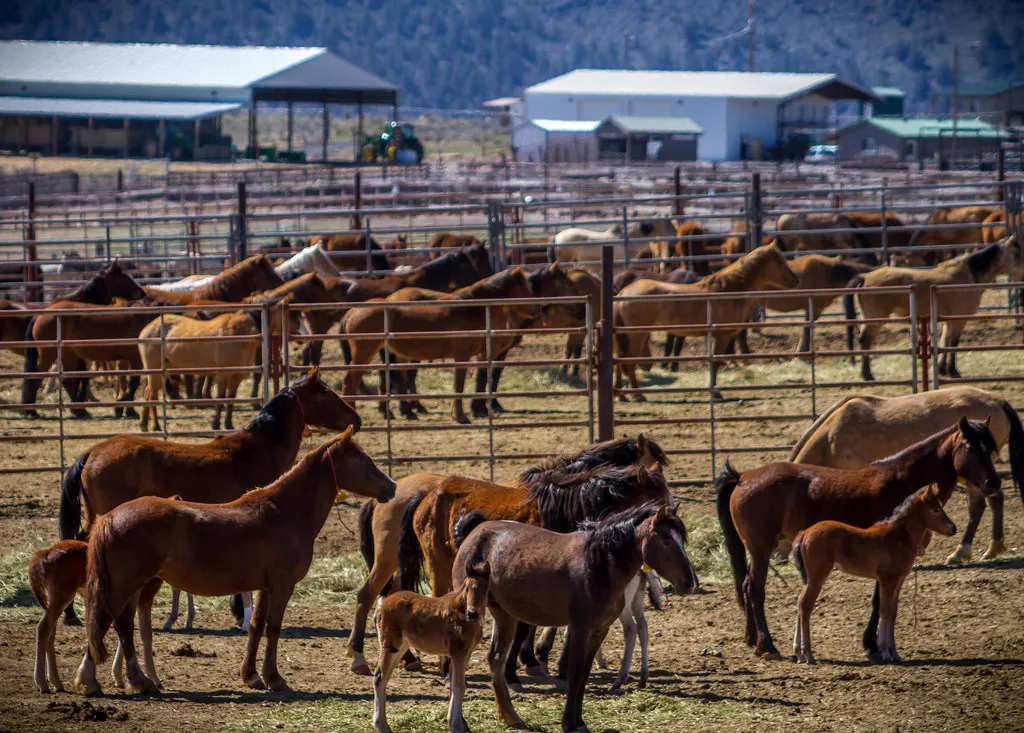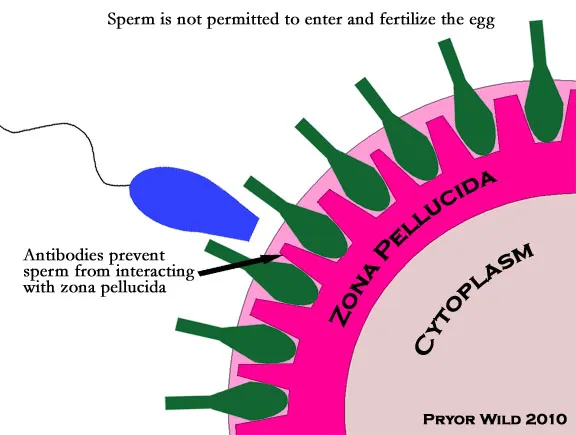Bureau of Land Management (BLM) practices to reduce wild horse and burro population in the western US focus on roundup and containment, leaving thousands of horses in cruel, cramped conditions, exposed to unnecessary injuries and fatalities, breaking up family units and leaving the animals with almost no prospects of freedom. The alternative recommended by the NAS is the use of the PZP fertility control vaccine. The vaccine can be administered by remote darting or bait trapping. It creates an immune response that blocks fertilization without affecting the reproductive hormones that drive natural behaviors. It’s reversible and lasts for about a year, although new research shows a two-shot protocol using two forms of the vaccine (PZP 22 and PZP native) will give three years or more of infertility, avoiding the need for annual boosters after the second year.

The current BLM strategies are also very expensive. The BLM actually has a rather large budget of $80 million, but none is spent on fertility control. PZP is a proven and effective management tool that saves the taxpayers money, as the vaccine costs $30 per horse/year. The current cost per horse/year in short-term holding is $1,829 and the cost for long-term holding per horse/year is $664.

PZP Vaccine.
Another thing to consider is that ranchers have over 80% of BLM rangelands to themselves. Only 17% of the 155 million acres grazed by livestock is shared with horses. There is room enough for both without pushing the wild horses and burros off the land. If you want to help, call your congresspersons in DC - (202)-224-3121. This number will take you to the congressional switchboard who will direct you to your representatives. Tell them you do not want your tax dollars spent on the slaughter or cruel round-up of wild horses. Urge them to change federal policy to manage wild horses with fertility control, not cruel removals.